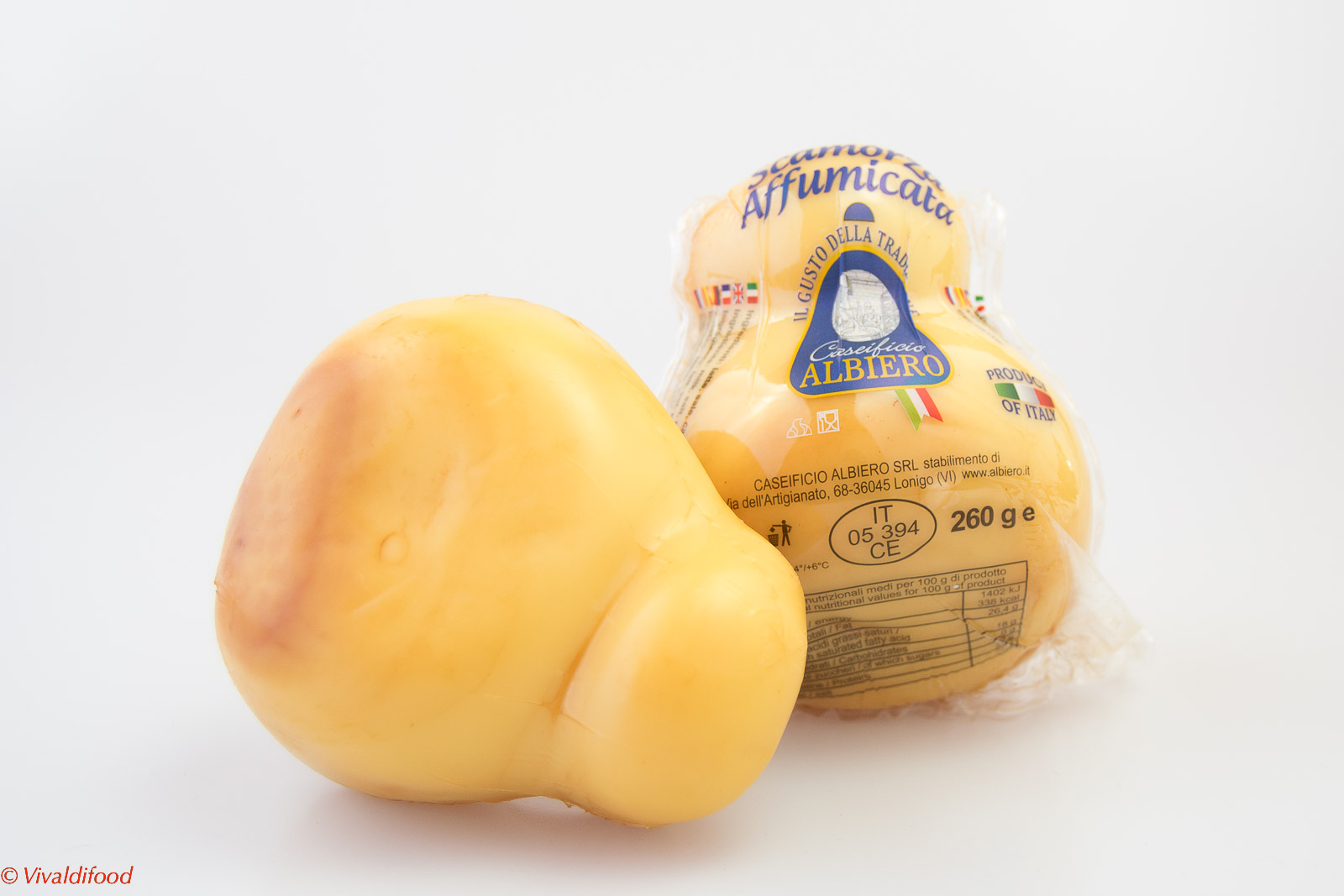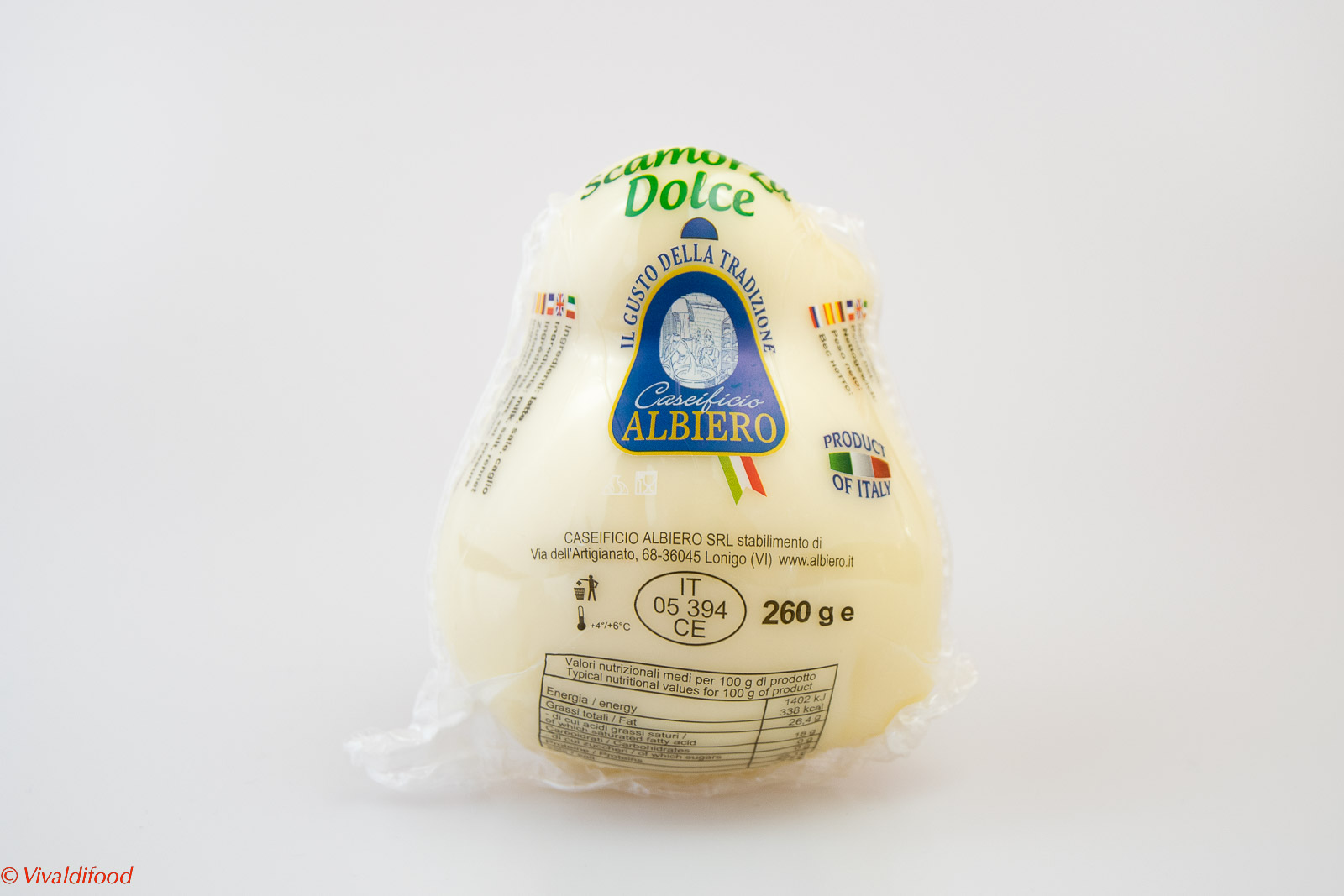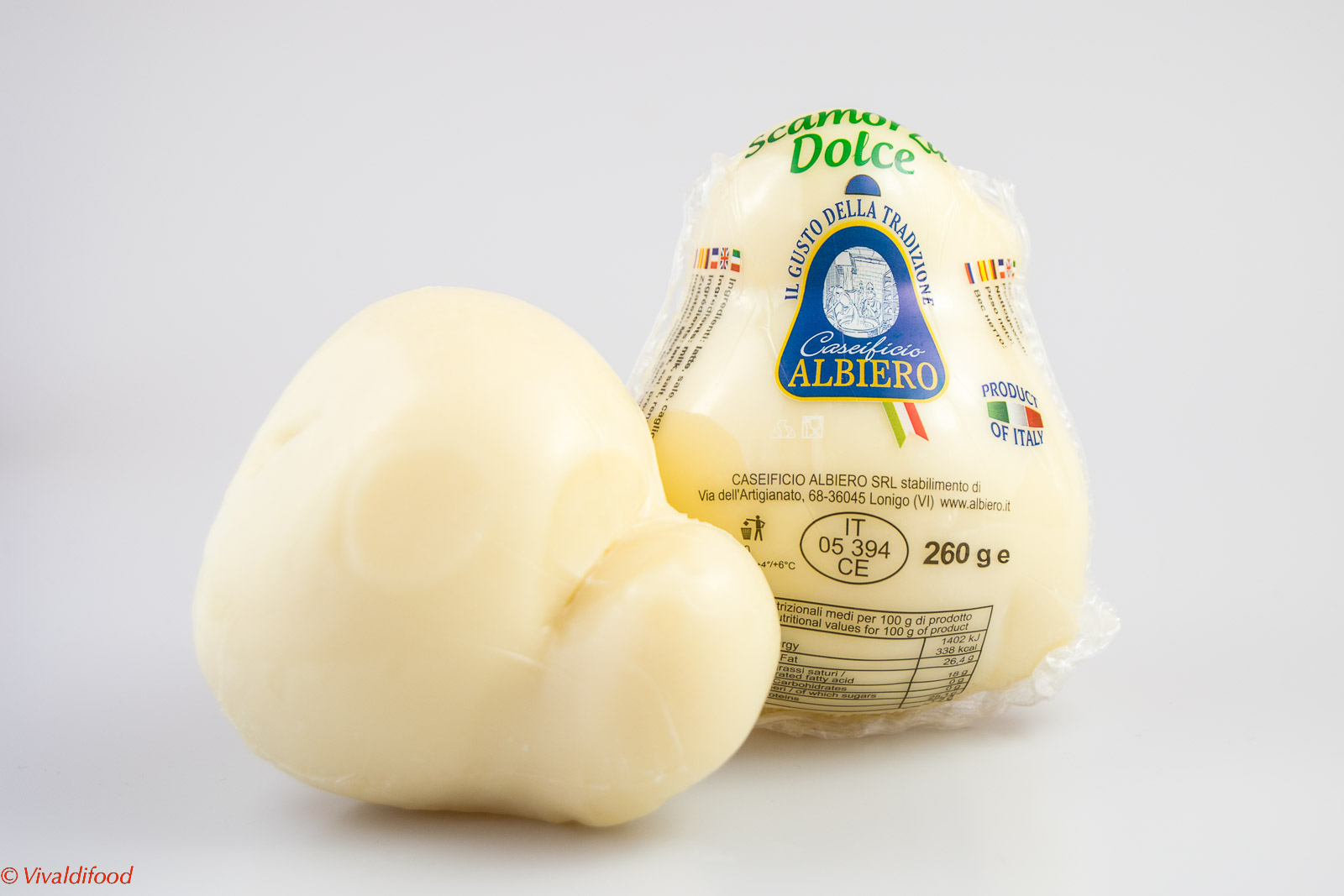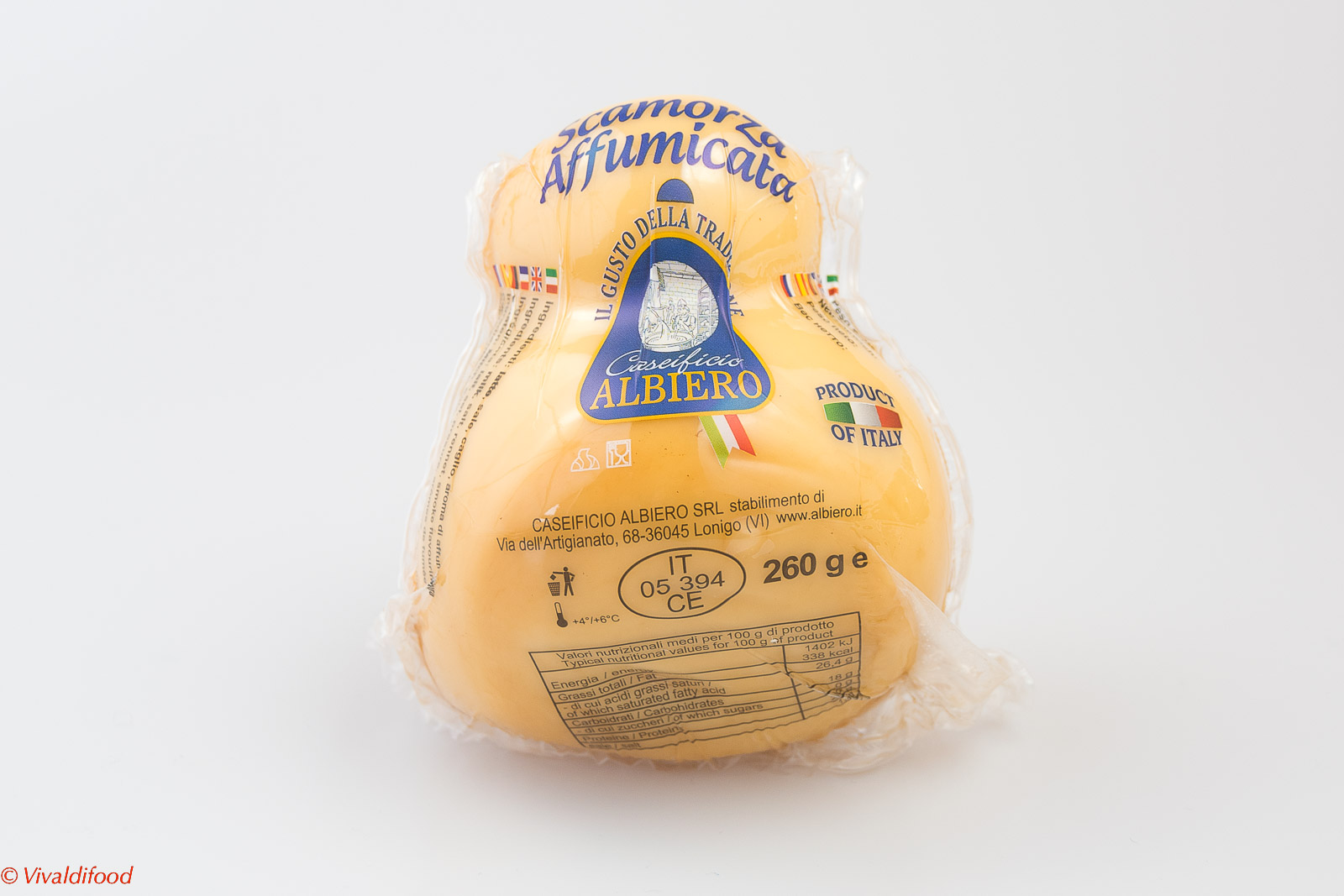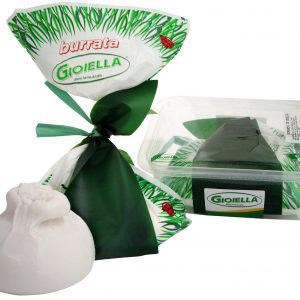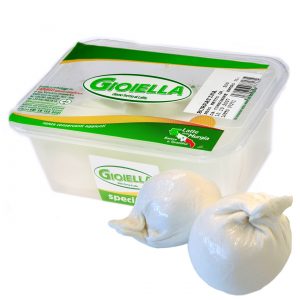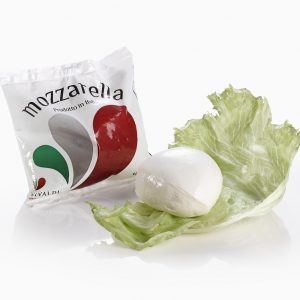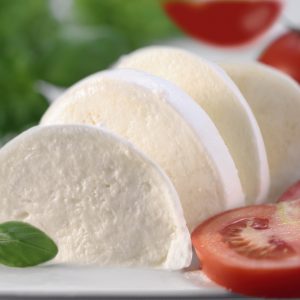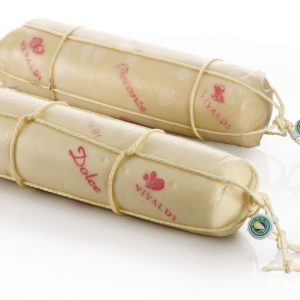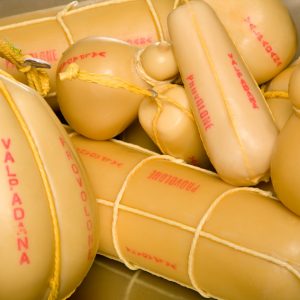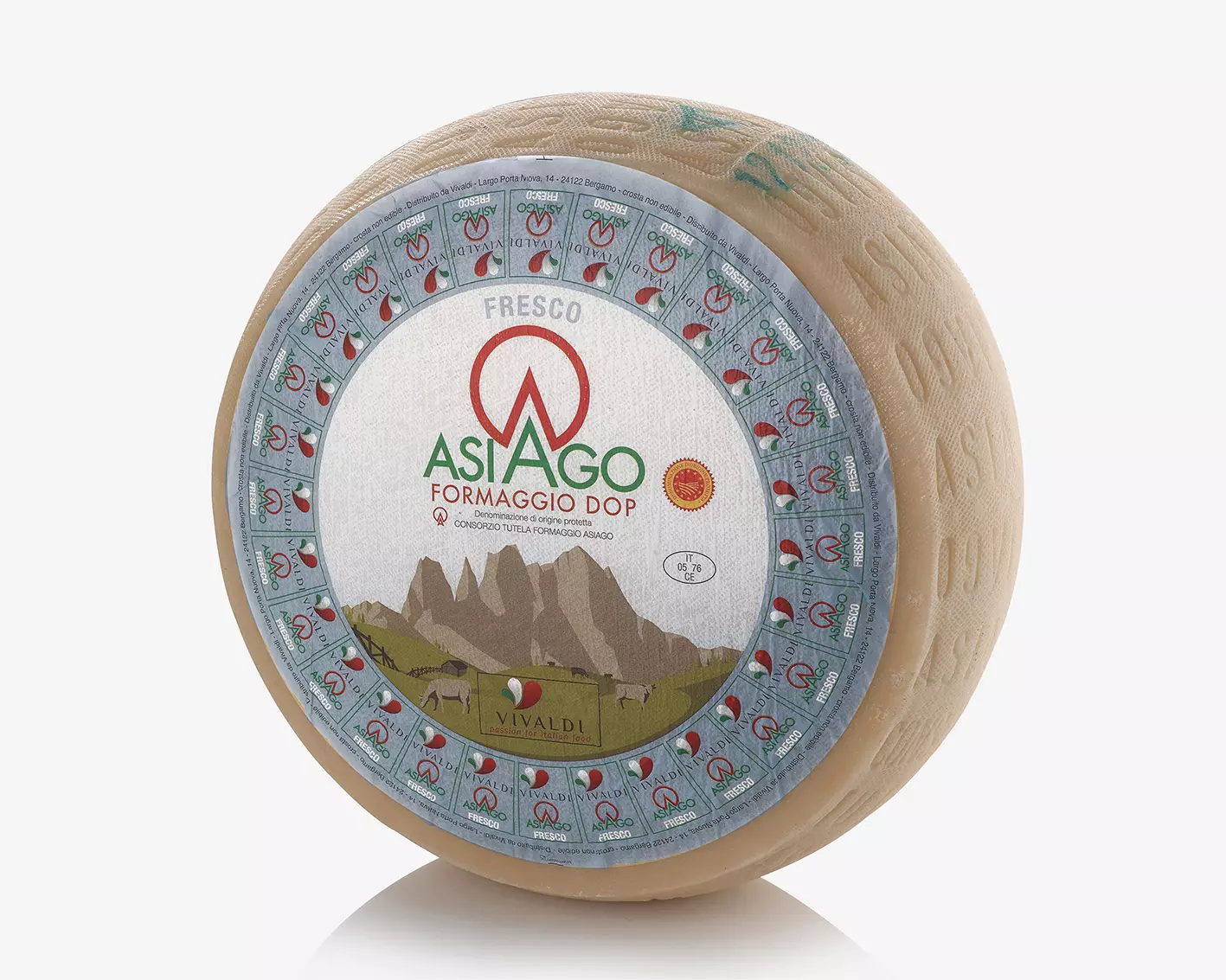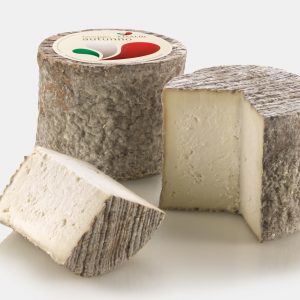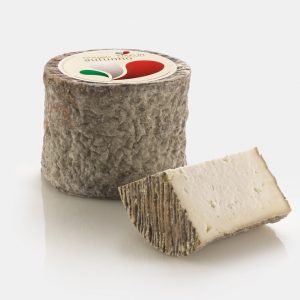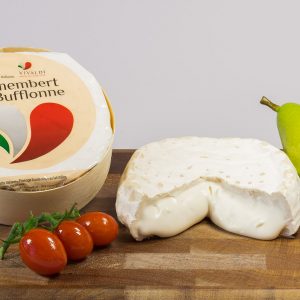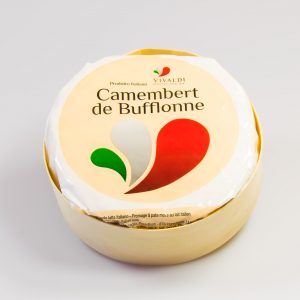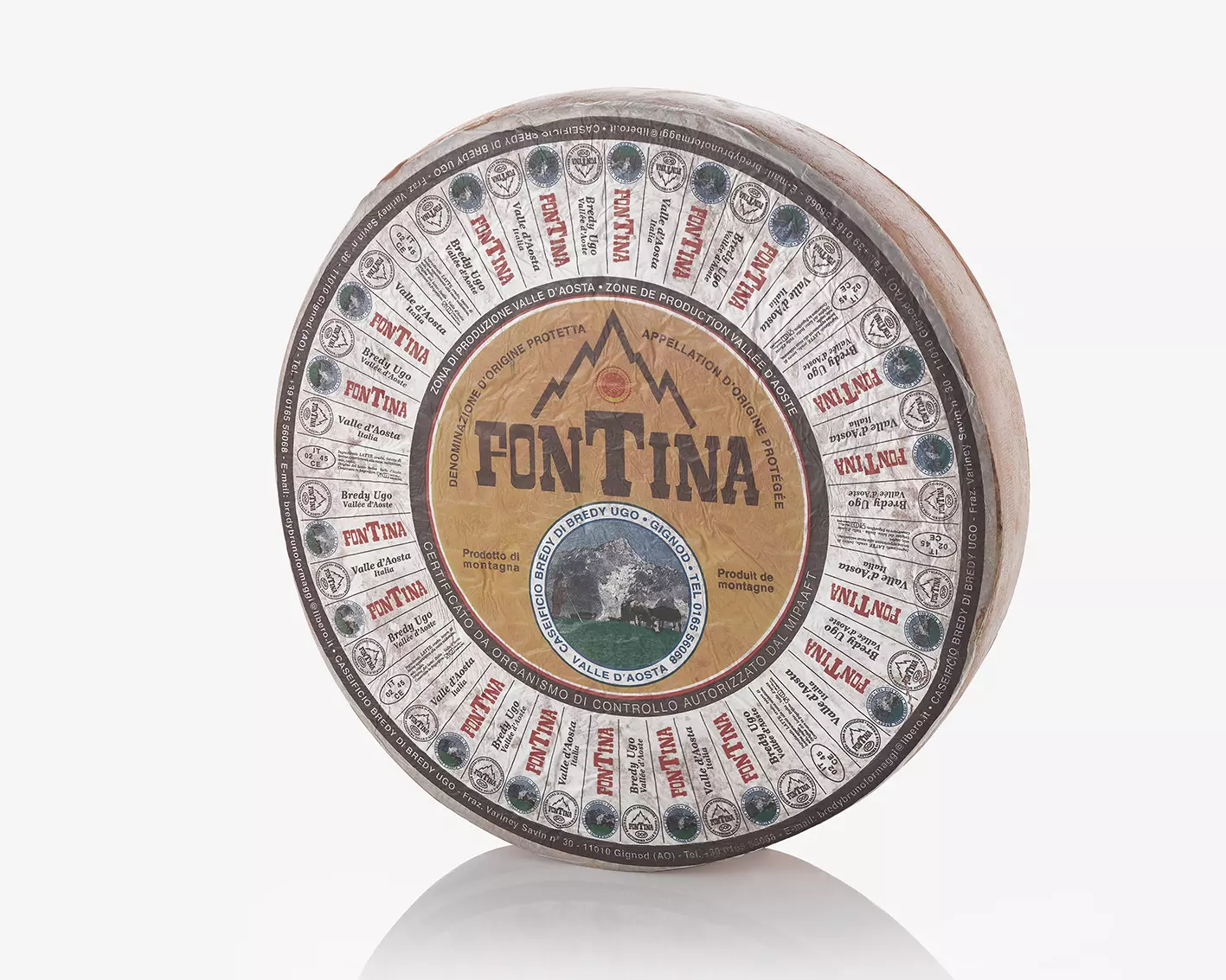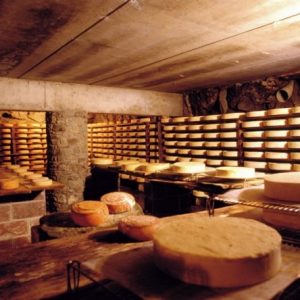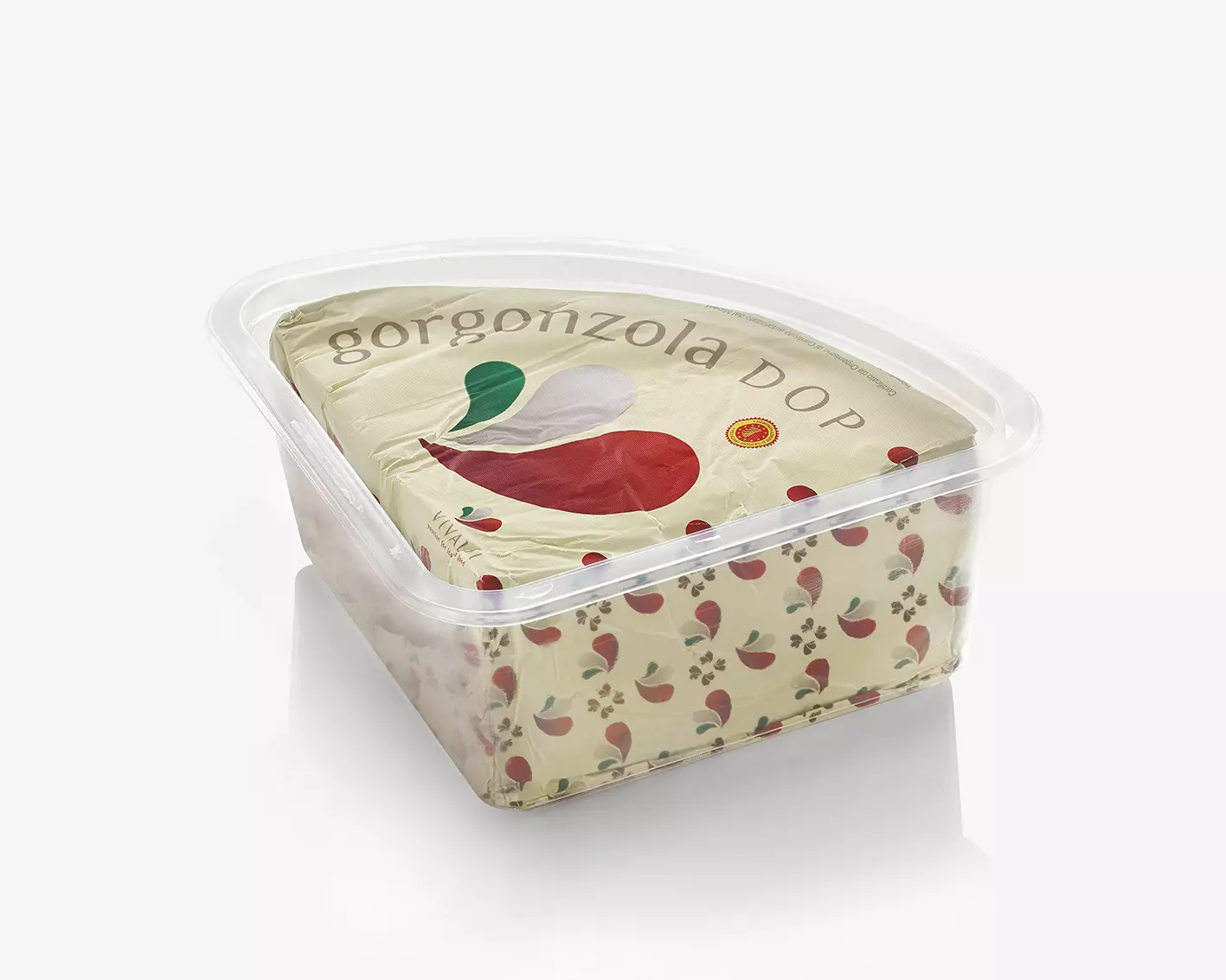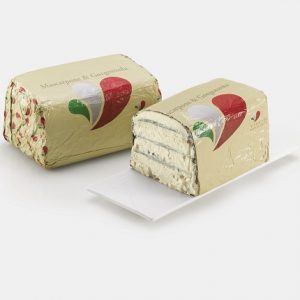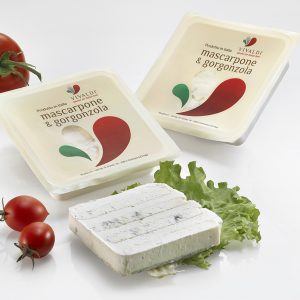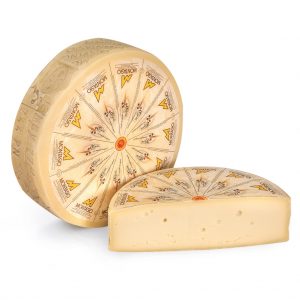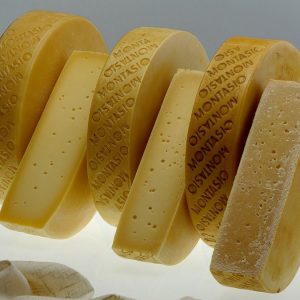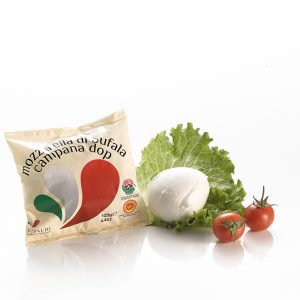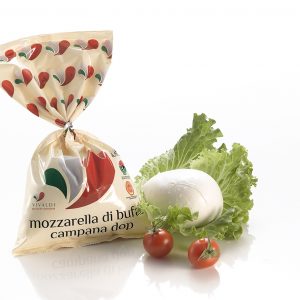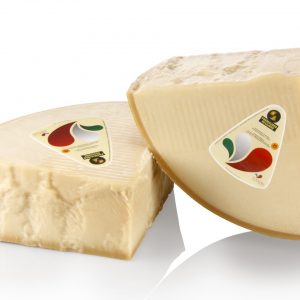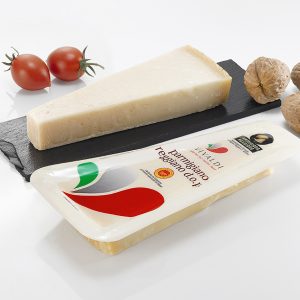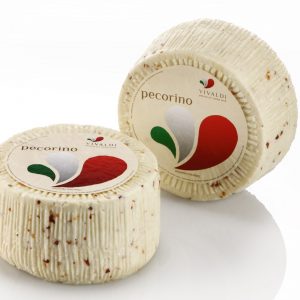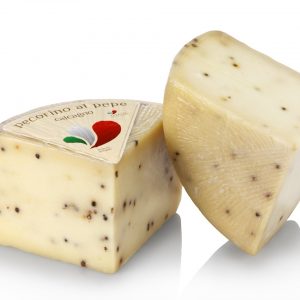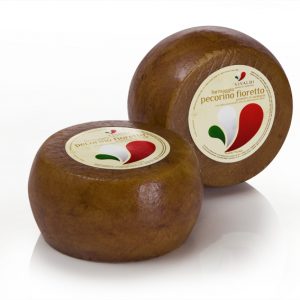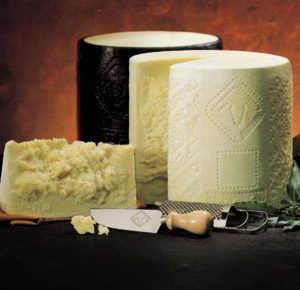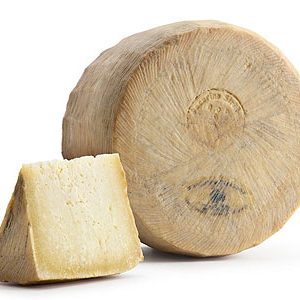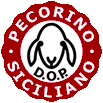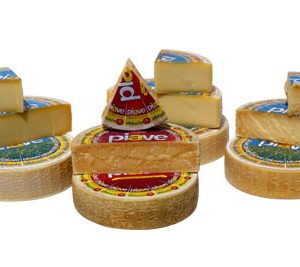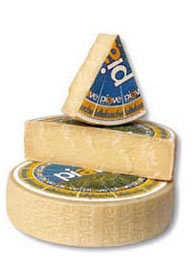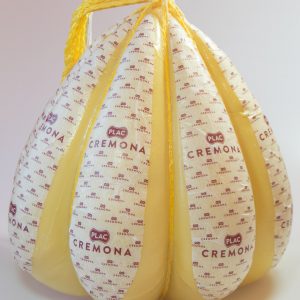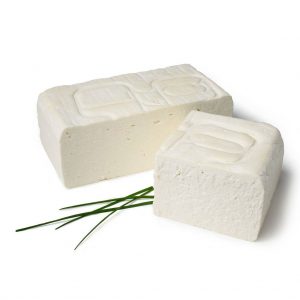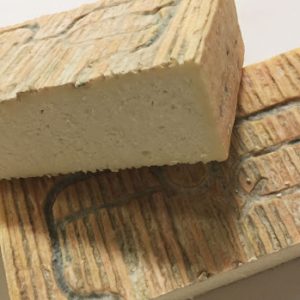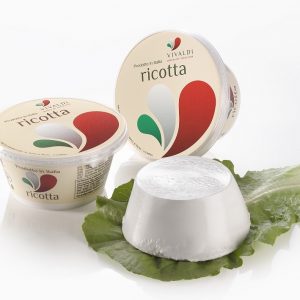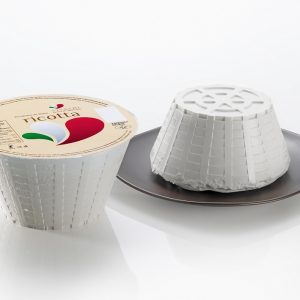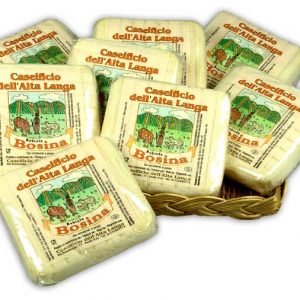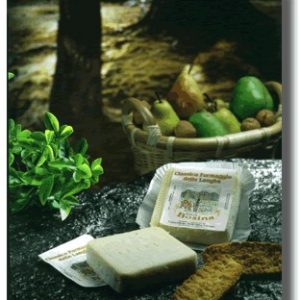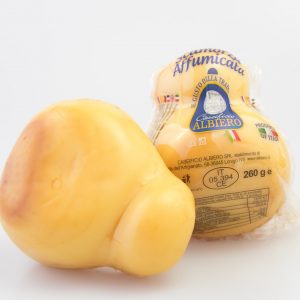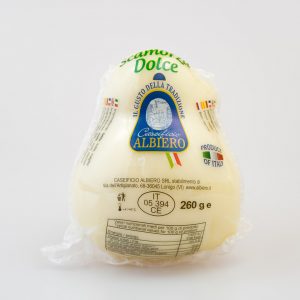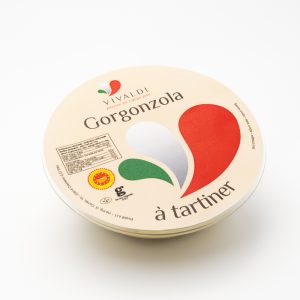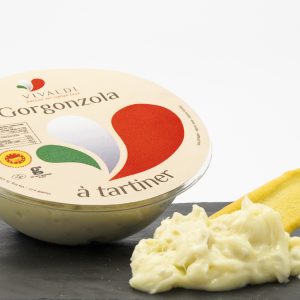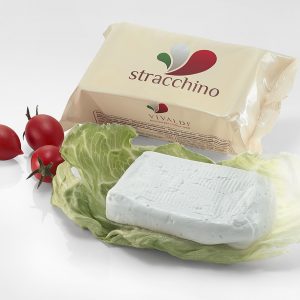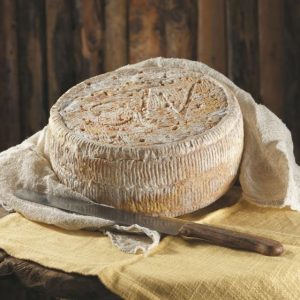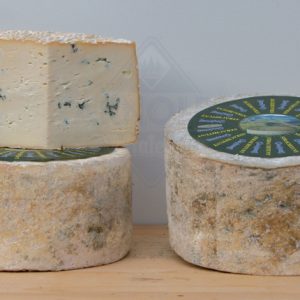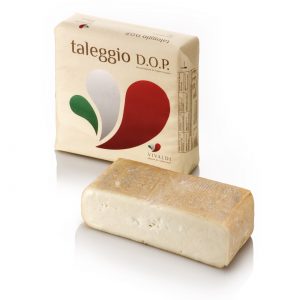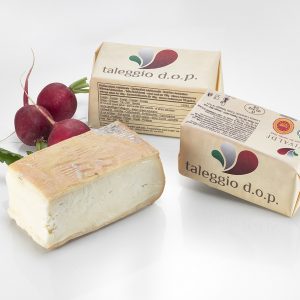Scamorze
This fresh, stretched cheese traces its origins back to southern Italy during the Medieval Age. Its paste is drier and more substantial compared to mozzarella, making it less perishable and the use of preserving liquid unnecessary, unlike Mozzarella, with its thin rind. Calf rennet and selected milk enzymes are added to pasteurized cow’s milk, and left to coagulate at a temperature of 34°-38° C for 40 minutes.
Description
Scamorze
Scamorze – The resulting curd is broken up coarsely and left to acidify under whey; this phase in particular is very important, as the duration of the acidification serves to create the specific characteristics of Scamorza. The paste is then left to mature for 4-6 hours, during which the whey is drained off, cut into strips, then plunged into boiling water. It is finally stretched, then passes to the shaping phase which can be manual or mechanical. Scamorza may have a traditional shape with a head, or hand-shaped into a “piglet”. Scarmorza is then placed in water at 4° C. Once the temperature is reached, the cheese is bathed in brine for at least 2 hours to give it sapidity. Scamorza Bianca is now ready to be sold, normally it expires in 21 days. If vacuum-packed, it can last up to 45 days.
SCAMORZA AFFUMICATA is hung over aromatic wood coals, whose smoke gives the cheese its typical smoky flavour and brown colour. This is oldest and most common method of preservation, used before the advent of the cold chain.
Scamorza is an Italian cheese, which is mainly produced in the South. It is very similar to caciocavallo, because it is rounded and with a narrowing at the apex. The difference lies in the seasoning, which for this pasta filata cheese lasts a week or two. White scamorza follows the same processing procedure as smoked one, obviously excluding the part of smoking.
Whole cow’s milk is used, which is pasteurized. The scamorza is obtained with the milk that touches the boil, lactic ferments and calf rennet are added. After that the whey is extracted and what remains is the curd. The latter is broken and left to mature on the bottom of the boiler, where the milk was cooking, for about a couple of hours. The pasta obtained is processed, minced, immersed in hot water, which dissolves the pasta and makes it stringy.
In the end, the dough is modeled, to create spheres tightened at the apex by a loop. The white scamorza is therefore immersed in a solution of water and salt. Then, it is dried and finally hung for the whole seasoning time. The result is a spun paste cheese, ovoid in shape with a choke similar to caciocavallo. The taste is delicate, the milk aroma is minimal and the paste is white, compact and elastic.

